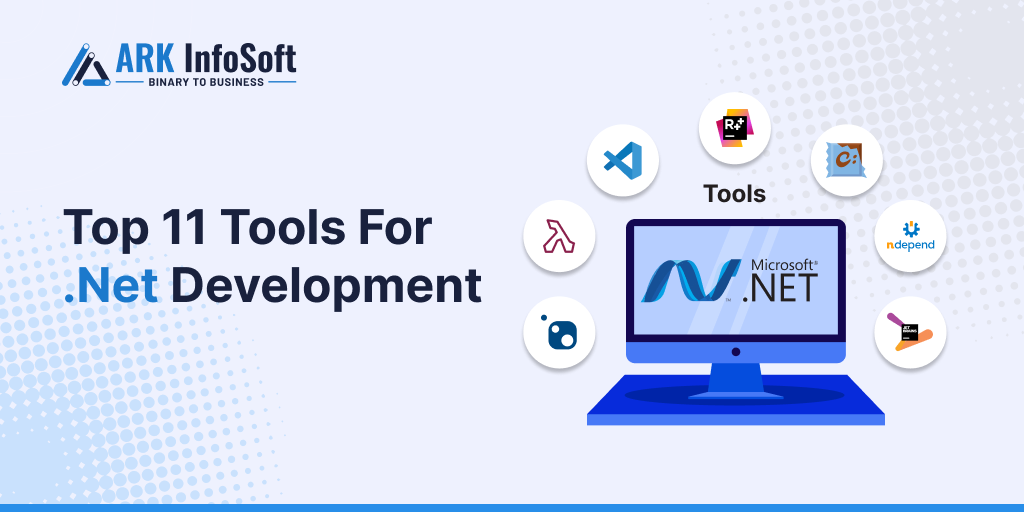Why Next.js? Exploring the Features and Benefits for Modern Development
Why Next.js? Exploring the Features and Benefits for Modern Development
Next.js is the React Framework for the Web. It is built on top of React which lets you build and deploy large-scale and enterprise-ready applications to production.
Next.js comes with a variety of different features that will help developers build their applications faster and better. Features like Built-in Optimization for Font, Image and Scripts, Core Web Vitals, Dynamic HTML Streaming, Client and Server Rendering, Data Fetching, React Server Components (RSCs), Middleware, Routing and Nested Layouts, Node.js & Edge Runtimes and many more.
This guide will walk you through Next.js. Why should you use it? Its Features and What are different Apps that use Next.js.
What Is Next.js?
Next.js is an Open Source React framework that allows you to build and deploy large-scale and enterprise-ready applications for production. It has hybrid client and server rendering, Optimization for Font, Image and Scripts, Middleware, Nested Layouts, TypeScript support, Core Web Vitals, route prefetching, Dynamic HTML Streaming and more.
Why Use Next.js?
In this section we will explore why you should use/learn Next.js. We will also look at different features that Next.js provides.
Built-in Optimizations
Next.js provides built-in optimizations for Fonts, images and Scripts. It provides an image component that you could use.
To optimize your images, add lazy loading, compress it and others.
Client and Server Rendering
Next.js provides both client and server rendering, your initial page will server load, so you will get great SEO support and after the page load your user will get smooth SPA client render navigation. Best of both worlds.
Middleware
Next.js provides middleware support, so you can take control of incoming requests. You can define routing and access rules for authentication and authorization.
Dynamic HTML Streaming
With new React features like React Server Components (RSCs) and Suspense, you can stream HTML content. Streaming enables your application to send content faster by initiating data fetching on the server first. During this time, display a fallback/loading UI on the client. Once the data is ready, stream the result to the client, providing users with a fast response and a snappy app.
Internationalization
Another great feature of Next.js is internationalization. You can easily translate your enterprise application into different languages, so it can be used worldwide.
TypeScript support
Next.js provides great support for TypeScript, with better type checking and more efficient compilation, as well as a custom TypeScript Plugin and type checker.
Features of Next.js
In this section we will explore what the main features that Next.js provides.
Routing
Next.js provides a file-system based router. It has two different routers, the App Router and the Pages Router. The App Router is a newer router that allows you to use React's latest features, such as Server Components and Streaming. The Pages Router is the original Next.js router, which allowed you to build server-rendered React applications and continues to be supported for older Next.js applications.
Rendering
Next.js provides both Client-side and Server-side Rendering. You can server render your initial page load and, after that, for navigation, use Client-side rendering.
Styling
It has great support for different styling methods such as SS Modules, Tailwind CSS, CSS-in-JS and Others.
Optimizations
Provides Built-in Optimizations for Image, Fonts, and Scripts to improve your application's Core Web Vitals and User Experience.
Use Cases and Applications of Next.js
Next.js is a versatile framework that caters to a wide range of use cases, making it an ideal choice for various types of web applications. Let's explore some prominent use cases and the types of applications that can benefit from Next.js:
1. E-commerce Platforms:
Next.js is well-suited for building e-commerce websites that require a combination of dynamic content, server-side rendering, and a seamless user experience. The framework's support for server rendering ensures that product listings and details load efficiently, contributing to improved SEO and user engagement.
2. Content Management Systems (CMS):
Content-heavy websites, such as blogs, news portals, and corporate websites, can leverage Next.js for its robust rendering capabilities. The ability to combine server-side rendering with client-side navigation ensures fast content delivery, making it an excellent choice for content-focused applications.
3. Dashboards and Analytics Platforms:
Next.js is an ideal framework for developing interactive dashboards and analytics platforms. With its support for server-side rendering and dynamic content loading, developers can create responsive and data-intensive applications that deliver a seamless user experience.
4. Social Media Platforms:
Building feature-rich and responsive social media platforms can be streamlined with Next.js. Its support for client and server rendering, coupled with efficient routing, enables developers to create engaging and performant social networking applications.
5. Portfolio and Personal Websites:
Next.js is not limited to enterprise applications; it's an excellent choice for building personal websites, portfolios, and blogs. Developers can take advantage of the framework's ease of use, efficient rendering, and support for various styling methods to create visually appealing and responsive personal websites.
Apps Using Next.js
Next.js, a powerful React framework, has gained widespread adoption among leading companies, empowering them to build robust and performant web applications. Some notable examples include:
1. Netflix:
- Leverages Next.js for its user interface, providing a seamless and efficient streaming experience.
2. Twitch:
- Utilizes Next.js to enhance the performance and responsiveness of its interactive streaming platform.
3. Notion:
- Incorporates Next.js to deliver a fast and dynamic collaborative workspace for users.
4. Hulu:
- Implements Next.js for its web application, ensuring a smooth and engaging content streaming experience.
5. HBO Max:
- Chooses Next.js to build a feature-rich and visually appealing platform for streaming HBO content.
6. Loom:
- Harnesses the capabilities of Next.js to create an efficient and user-friendly video messaging platform
These examples demonstrate the versatility of Next.js across different industries. Its ability to handle complex use cases, optimize performance, and streamline development makes it a preferred choice for companies aiming to deliver cutting-edge web applications.
Conclusion
In conclusion, Next.js empowers developers with a feature-rich framework, making it a preferred choice for those aiming to create powerful and efficient web applications.






Leave A Comment